How to help an older pet settle in at home
Adopting a pet can be really rewarding as you are giving a home to a pet without one. It can be hard work at first, though, but with some preparation you can be ready to provide your new pet with their ‘forever home’.
Bringing an older or adopted pet home can be a stressful experience for them, particularly if they’ve not been used to a home environment. They might be unsettled for a while but there’s lots you can do to help them adapt.
Before you bring your pet home, it’s important to create the perfect environment for them. You can read about the perfect home for dogs and the perfect home for cats on our advice pages.
While coming home can be really exciting for a new pet, it’s a lot to take on board! We’ve put together our top tips for bringing your new pet home and guidance on how to help them settle in.
Keep things calm

New places can be scary for pets. While it can be exciting for us and our families when our pets finally move in, think how terrified they might feel! Try to create a calm environment at home ready for your new pet. Using specialist pheromone or calming plug-in diffusers can help them feel less stressed with the change.
Give them an area that's theirs
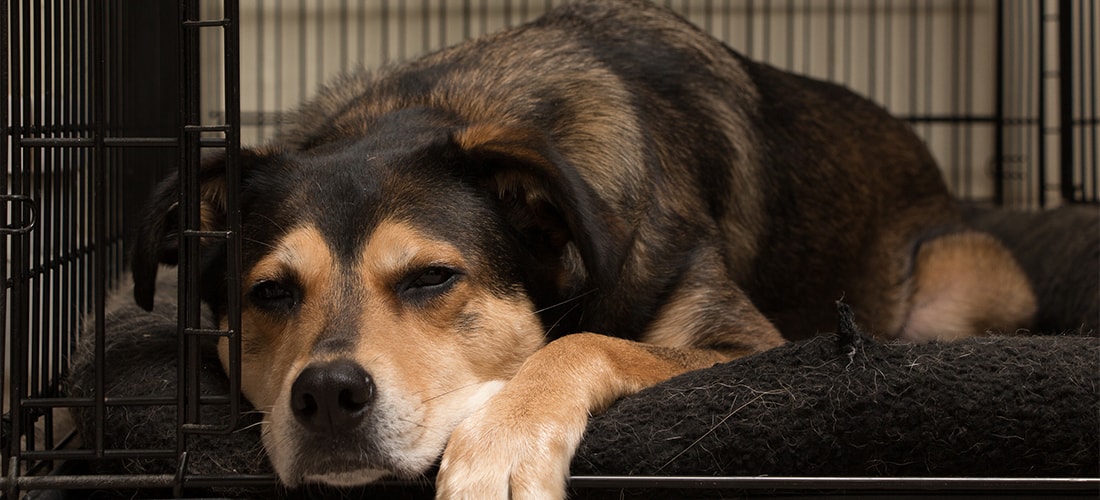
With cats and dogs, it’s important to make sure they have somewhere they can go to be alone if they need to. Moving is a lot to take in so you might find they need to take a breather every now and again. Setting up a den with a familiar blanket or toy in can be really comforting for them. If your dog is crate trained, pop a crate up in a quiet area of the house and make sure none of the family disturbs them when they’re in their crate.
Expect accidents
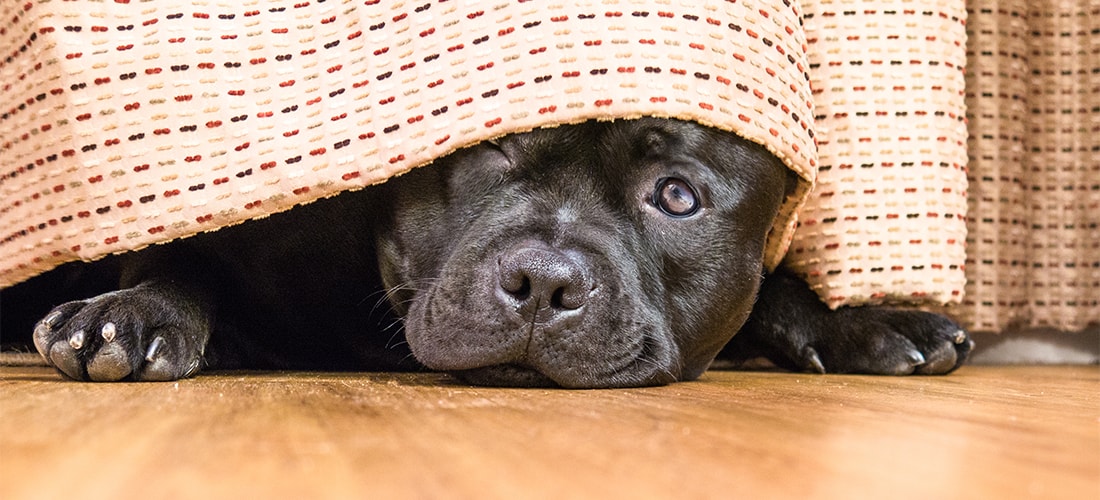
Moving is a stressful time so you might find your new pet has a few accidents indoors (even if they had previously been housetrained). Don’t get angry with them as this will make the problem worse. Make sure you’re giving your dog enough chances to toilet outside and you’re rewarding them with praise and a little treat when they go. For cats, make sure that you’ve provided enough litter trays for them as well as making sure that your cat knows where they are.
Limit their roaming at first
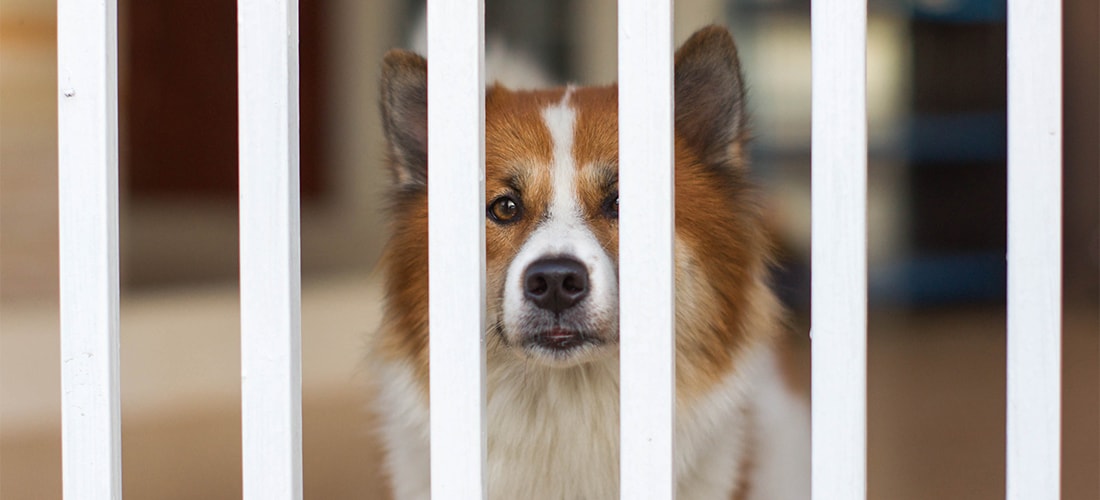
If you plan to give your new pet free roam of the home all or some of the time, introduce them to it slowly. Your pet will need time to relax and settle in, so limit them to one or two rooms at first. If you have a dog, baby gates are perfect for this. As they relax and settle in, gradually let them into other rooms. Take it slowly and give them time to get used to everything.
Set a routine

Pets love routine! The sooner you can set a routine for your pet, the sooner you’ll find they settle in. Try to feed them around the same time every day and keep to a regular exercise regime.
Keep them indoors
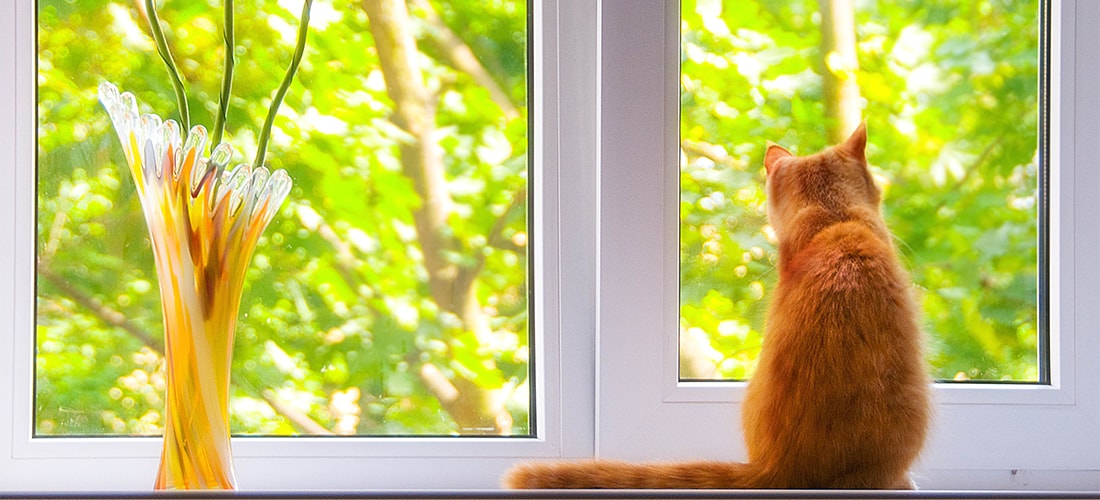
With cats, you will need to keep them indoors at first. We’d usually recommend keeping them in for around six weeks to give them a chance to settle in and get used to the house. Before you let them outside we’d always advise that you make sure that your pet has been microchipped and that your contact details are up to date. The first time you let them outside, you may want to go out with them. It might be a good idea to let them out for the first time before their usual morning feeding time – this might help to prevent them straying too far and getting lost at first. It’s also a great idea to have them neutered before allowing them to venture outside as this will prevent them straying looking for a mate.
Introduce them to new friends slowly

With any pet, it’s important to introduce them to any existing pets slowly. If you’ve adopted a pet from a rescue centre, make sure they are compatible with the type of pet you already have first!
Rabbits in particular will need to be introduced to each other quite slowly. You can also read our advice on introducing dogs and introducing dogs and cats.
Brush up on training
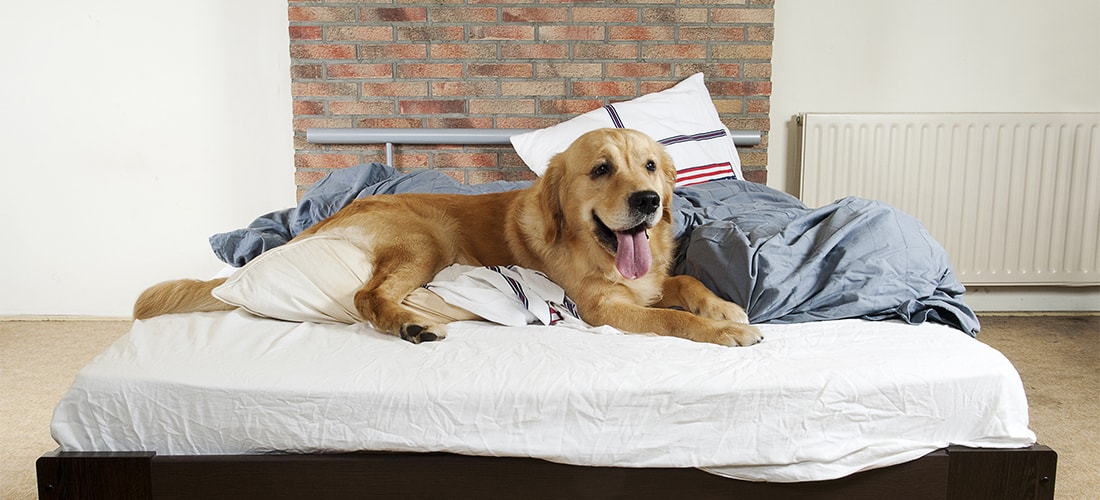
Your new pet may need some extra training to brush up on the house rules. For example, in a previous home they may have been allowed on the sofa but aren’t in your home. Be patient with them and try to work at their pace. Always use positive, reward-based training. Check out our tips on teaching dogs the basics and how to stop your cat jumping places they shouldn’t.
If you do adopt from a rescue centre, they’re likely to give you lots of advice on helping your new pet settle in. Your vet or vet nurse can give you lots of helpful tips, too, so don’t be afraid to chat to them before bringing your pet home. Remember to make sure you’re getting your pet from a reputable source and do lots of research before you commit to adopting a new pet.

